Metal stitching cast iron repair is a specialized and durable solution for fixing cracks and damage in cast iron engine components.
Cast iron is used in engines because of its strength and heat resistance, but after some time, the components start cracking or getting damaged, which affects their performance.
While traditional repairs by welding have their place in practice, it has its negative implications, which include heat distortion and the possible generation of additional damage.
In this blog, we will explore the issues commonly faced by cast iron components in engines, why welding may not be the ideal solution, and how metal stitching offers a durable, cost-effective fix.
Common Issues with Cast Iron Components in Engines
Engines use cast iron extensively because this material combines strength with high thermal endurance and affordable production costs.
This material tends to split apart when it faces specific types of stress while running at high levels. Some common issues with cast iron engine components include:
- Cracks: Cast iron is brittle and can easily develop cracks due to stress, heat, or impact.
- Porosity: This term refers to air pockets or voids, which in turn weaken areas within the cast iron.
- Wears and tears: the blocks, cylinder heads, and manifolds of engines, over a period of time, wear and become fatigued.
This becomes a complicated job to rectify, and not always are these problems solvable by the older methods of fixing.
Why Traditional Welding Isn’t Always the Best Solution?
Welding is the most common method to join metal parts together, but it’s not always viable with cast iron. Here’s why:
- Heat Distortion: Welding processes yield a significantly high temperature that may distort or warp the cast iron, weakening its strength.
- Match the material can be hard in practice while welding the cast iron that exhibits different properties. Later, while being under stress, the cracks will happen at weak spots of the material.
- It might cause the cast iron to get more cracks after the cooling process from the welding. This would render the repair ineffective.
Many times, welding does more damage than good, so the metal stitching cast iron repair process can be applied.
What is Metal Stitching?
This is a metal stitching repair technique specialized in the repair of cracks or damaged areas in cast iron parts without applying heat.
In the process, metal pins or stitches are inserted into the cracks and secured to hold the damaged part together, thereby preserving the original structure of the cast iron. It does not pose the risks encountered while welding.
Metal Stitching Process
Metal stitching cast iron repair follows basic steps but require professional experience to create strong results. Here’s how it works:
- Assessment and Preparation: Our team examines the injured part of the cast iron item carefully. Any loose debris or material around the crack is removed.
- Drilling: Small holes are drilled along the crack. The holes act as anchorage for the metal stitches.
- Insertion of Stitches: Inserts the metal pins or stitches within the drilled holes. The stitches mesh up with the cast iron, hence bridging up on the crack and also reinforcement of the crack.
- Secure the crack with the stitches and seal it. It then restores the strength and integrity of the cast iron component.
Smoothen up the repaired area, as well as clean it, to have a smooth finish.
While welding involves high temperatures, in its case metal stitching does not, thereby ensuring the process is safe and reliable in the repair of cast iron.
Tools and Techniques Used in the Repair
The tools used in metal stitching cast iron repair include:
- Metals Stitching Kit: This contains specialized pins or stitches, along with drills and tools for insertion.
- Drills: These are small, précised drills that create holes needed for the stitches to be created.
- Tapping tools: These help ensure the stitches are securely put into the cast iron.
- Cleaning Tools: Before a repair, a damaged area will need to be cleaned, normally with wire brushes or grinders.
Metal stitching techniques require careful and skilled procedure. The depth and angle that the holes need to be drilled into should allow the stitches to hold the crack in place properly.
Advantages of Metal Stitching
There are several reasons why metal stitching is the method of choice in repairing cast iron engine components, such as these:
- It is strong, permanent, and restores the integrity of the strength of the cast iron component: The stitches bond together very firmly, permanently making the repair. The repair, in most cases, is often stronger than the original material.
- No Heat Distortion: Unlike welding, metal stitching cast iron repair does not require high temperatures. Therefore, there is no chance of heat distortion or warping. This ensures that the component retains its original shape and functionality.
- Cost-Saving and Time-Saving Metal stitching is more economical and quicker compared to welding or replacing a part. Also, it will save the costs that are attributed to expensive downtimes.
Applications in Engine Repair
With metal stitching, a lot of industries commonly employ it in repairing cast iron engine parts. Some examples include: Cast iron engine parts that can be repaired through this method are as follows:
- Engine Blocks: Casting cracks in engine blocks can often be repaired instead of replacing the part in operation.
- Cylinder Heads: Cracks in cylinder heads can once again be repaired with metal stitching to ensure proper engine operation.
- Manifolds: Cracked or damaged exhaust or intake manifolds can be repaired with metal stitching.
Get in Touch Today!
Industries that benefit from metal stitching cast iron repair include:
- Marine Industry: Boats and ships often use cast iron in their engines, and metal stitching helps maintain their performance and avoid costly engine replacements.
- Automotive Industry: This method can be used to repair engine blocks and heads, saving time and money for manufacturers and mechanics.
- Construction and Heavy Equipment: Cast iron components in construction machinery and heavy equipment can be repaired, extending their lifespan and reducing operational costs.
Also read this : Benefits of On-Site Marine Engine Repair Services for Shipowners.
Why Choose Metal Stitching Over Other Methods?
Metal stitching is a better option than welding or replacing the part when it comes to repairing cast iron engine components. Here’s a comparison:
- Welding: As mentioned earlier, welding can cause heat distortion and create more cracks. It also requires skilled labor and is costlier.
- Replacement of the Part: Replacing a cast iron engine component is quite expensive, whether it is parts or labor. Metal stitching is cheaper.
- Epoxy or Resin: Some may prefer epoxy or resin-based repair, but the truth is that most of them don’t give the same strength and durability as metal stitching.
Metal stitching cast iron repair provides long-term benefits for engine performance. It keeps the integrity of the engine and avoids part replacement, ensuring the continued optimal functioning of the engine components.
Conclusion
Metal stitching cast iron repair acts as an excellent choice because it offers strong and affordable repairs that keep cast iron engine parts working effectively.
Metal stitching methods secure cast iron parts better than heat methods and lowers both the chance of damage plus total restoration expenses.
Metal stitching performs well in marine autos heavy equipment engines to save both time and money plus boost their smooth operation.
Contact us now to get the best cast iron engine repair service and how metal stitching protects engine parts and request our professional services for cast iron engine repairs.
MPA Power Project Provides the repair and overhaul of engines, compressor shaft grinding, insitu grinding of crankshaft, turbine rotor shaft grinding. A marine engine room, the turbine hall of a power station and a large compressor house are typical working environments of MPA Power Projects Pvt. Ltd. We specialize in in-situ machining and repairs for Marine and Industrial plants.




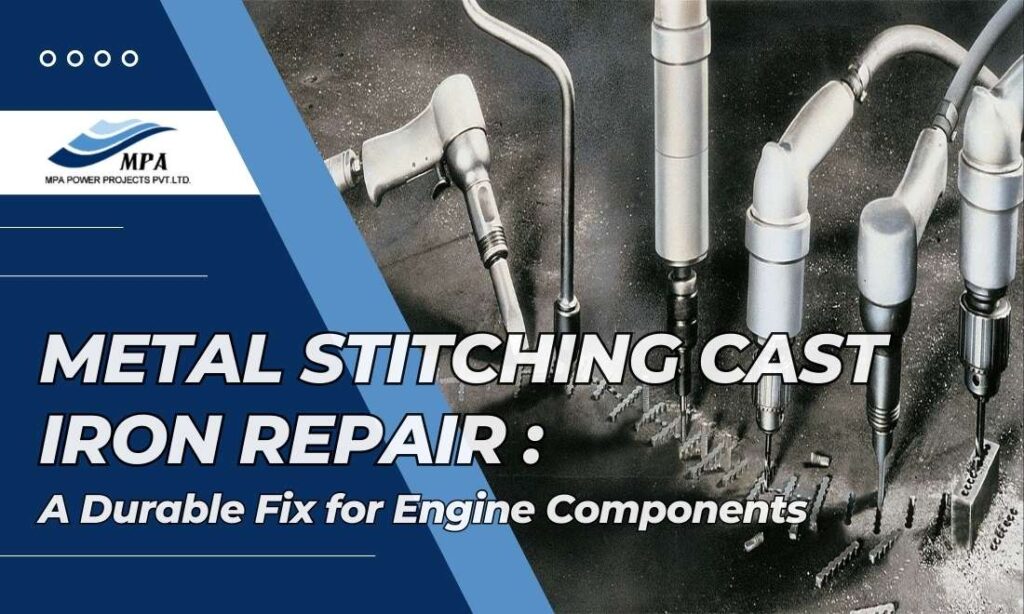
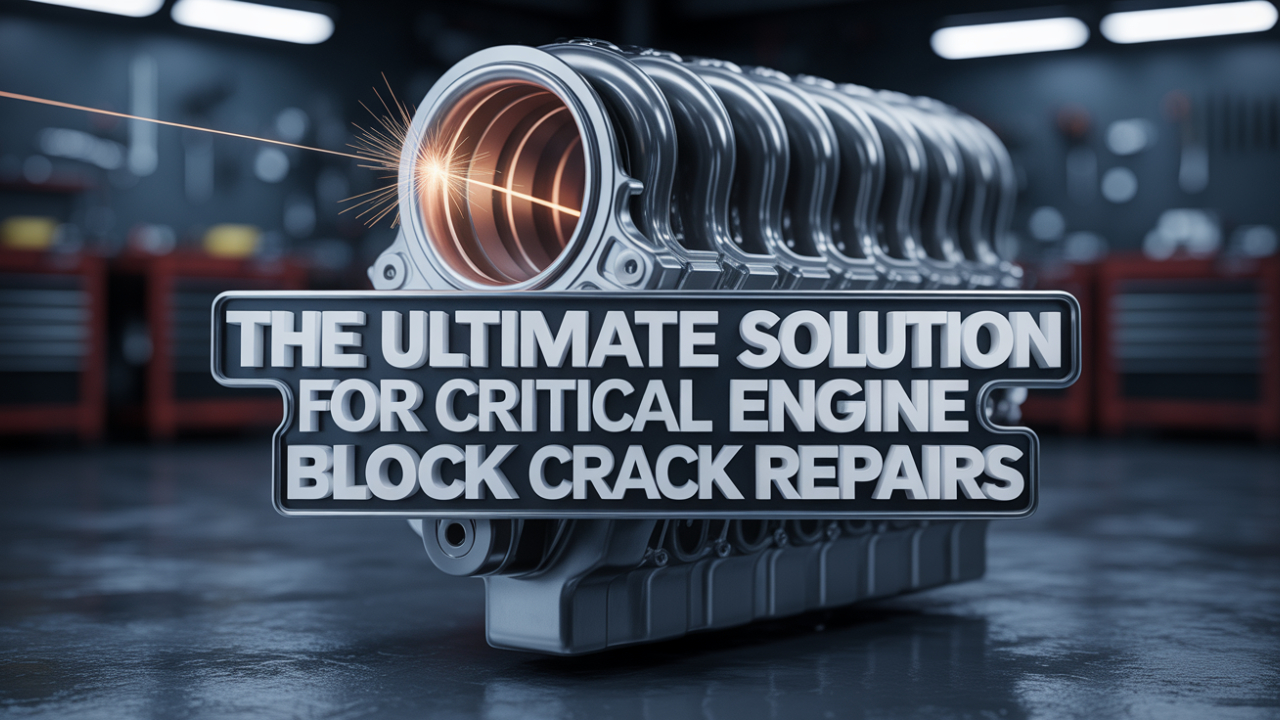
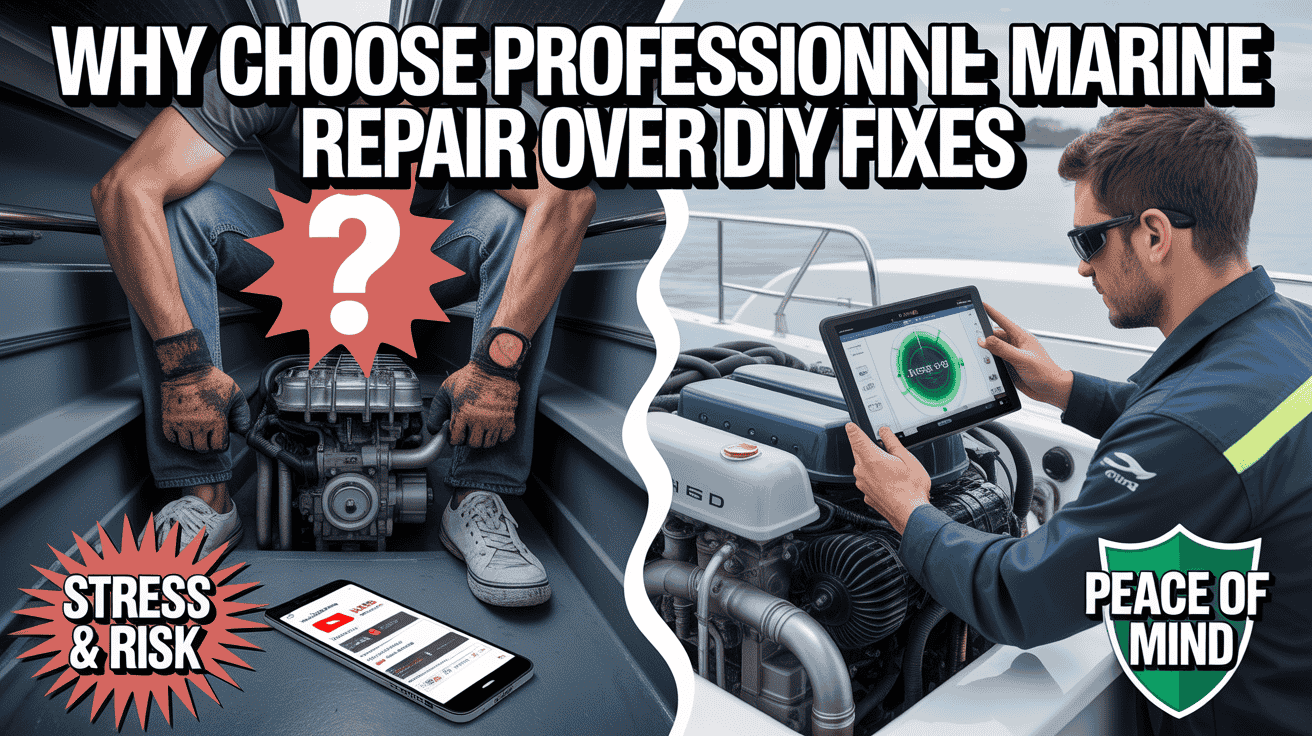
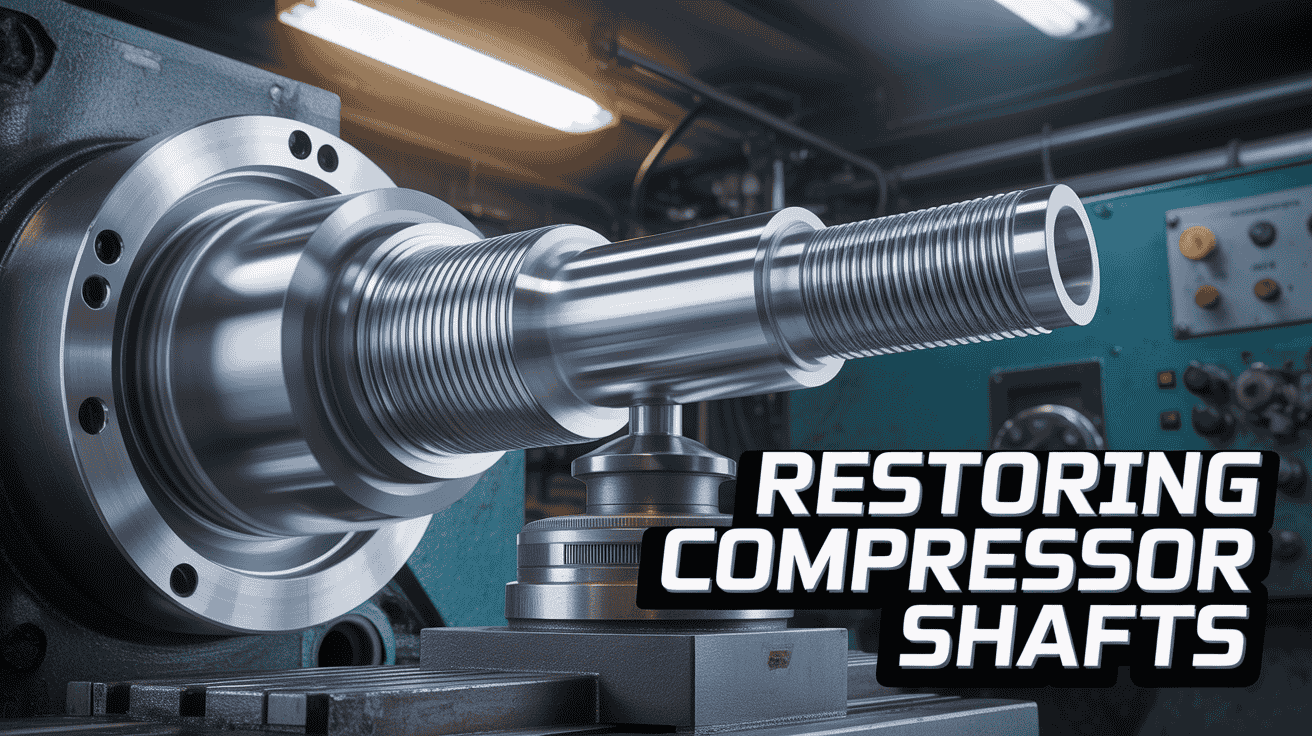

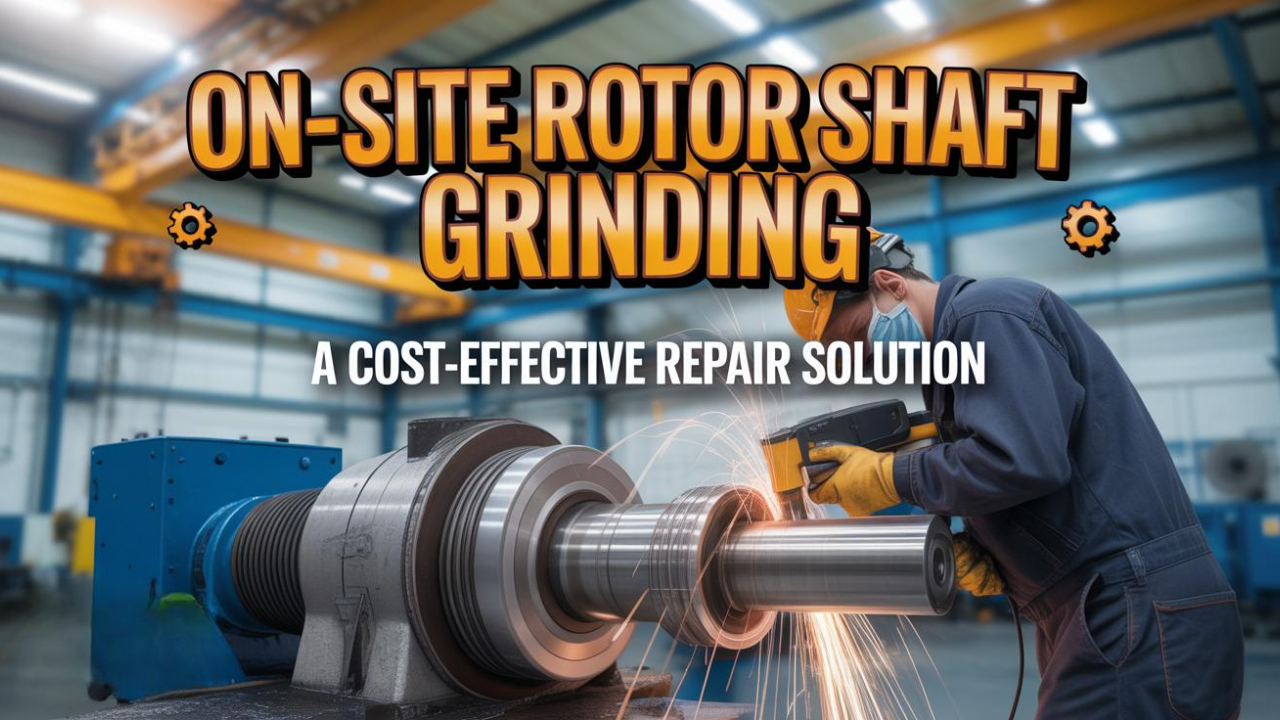

No Comments